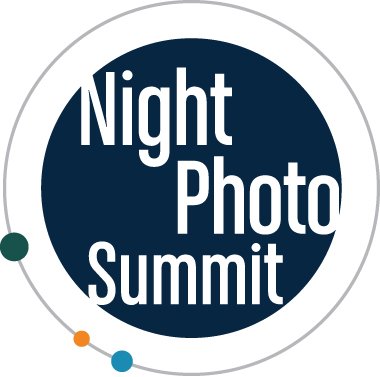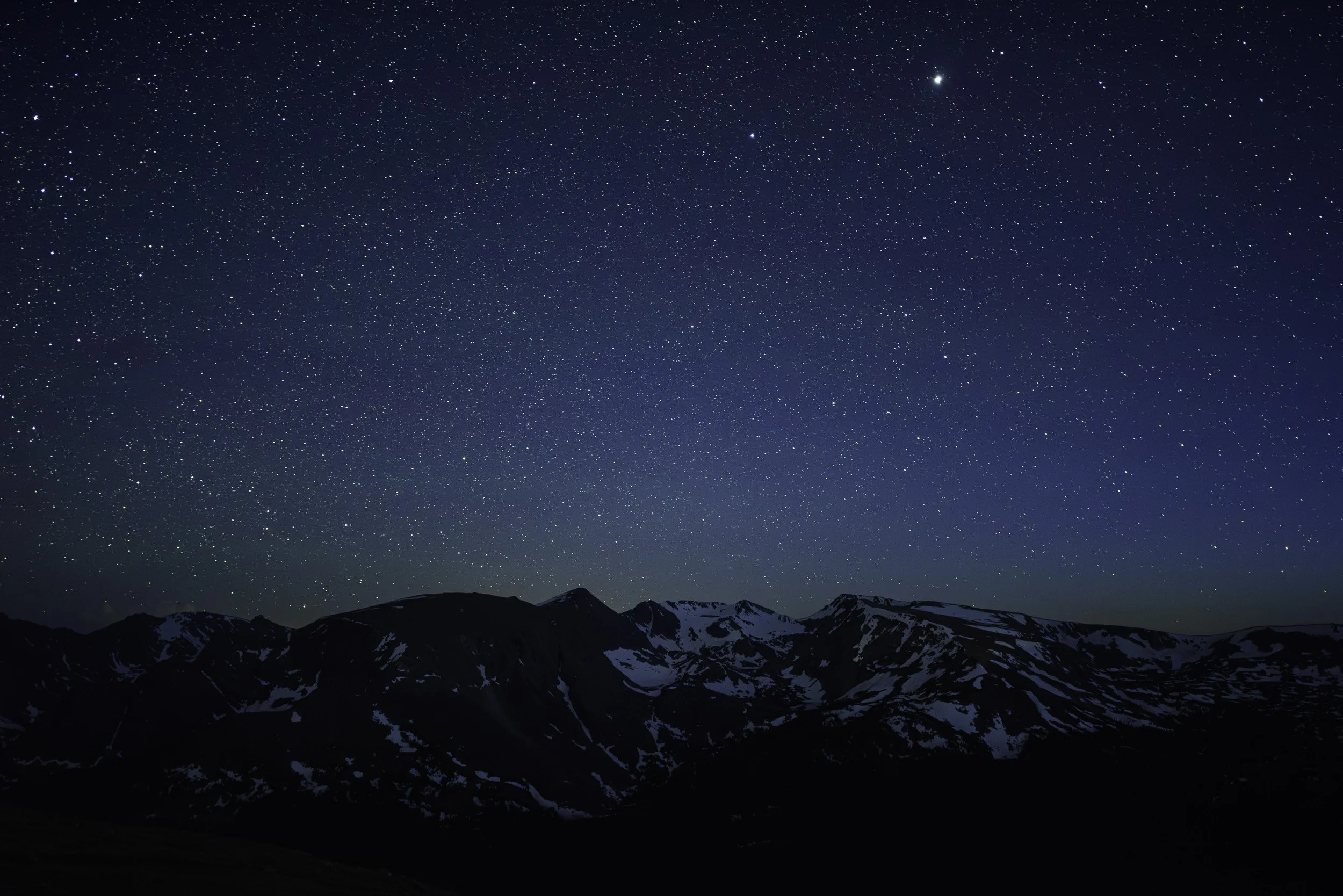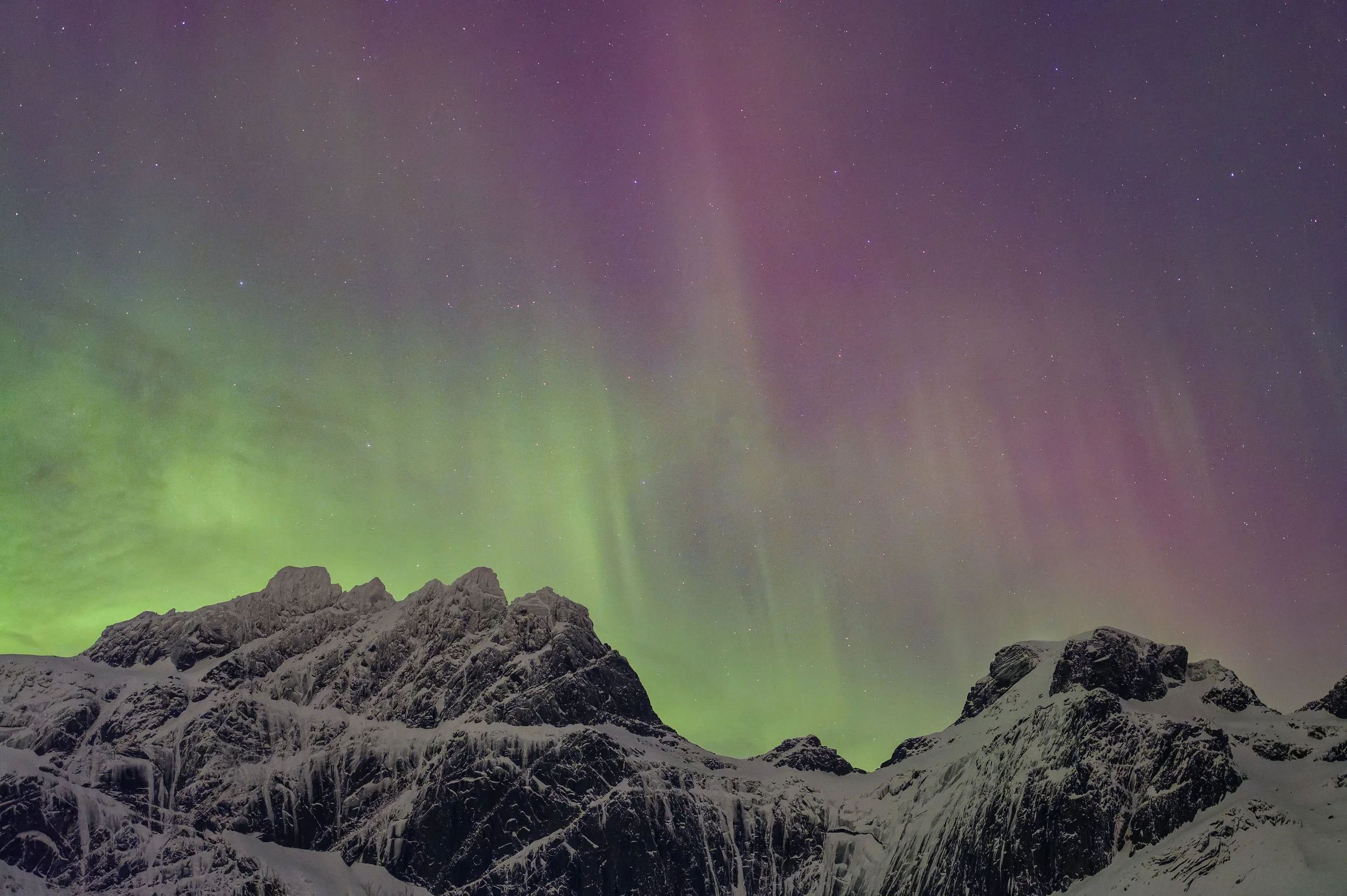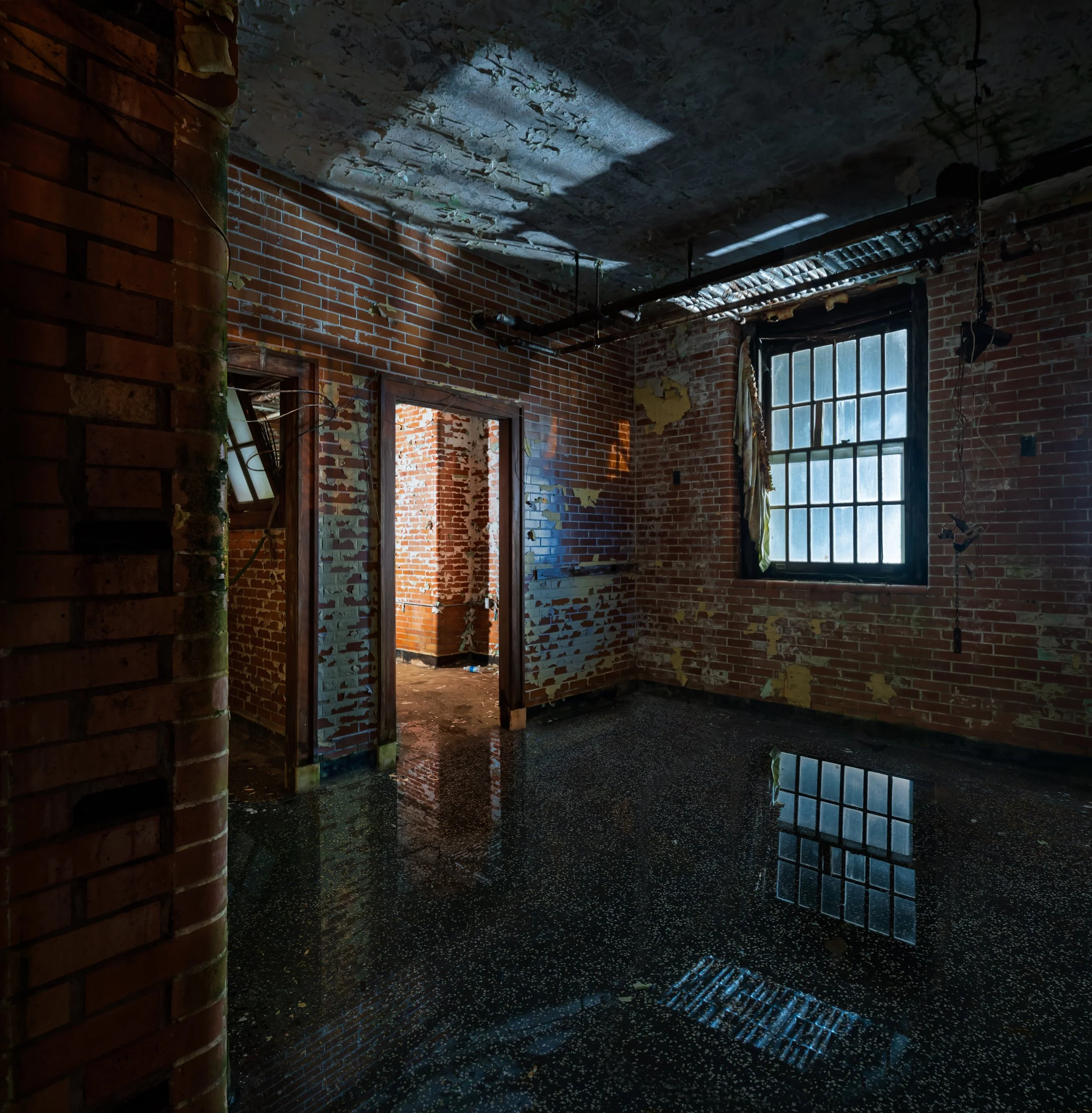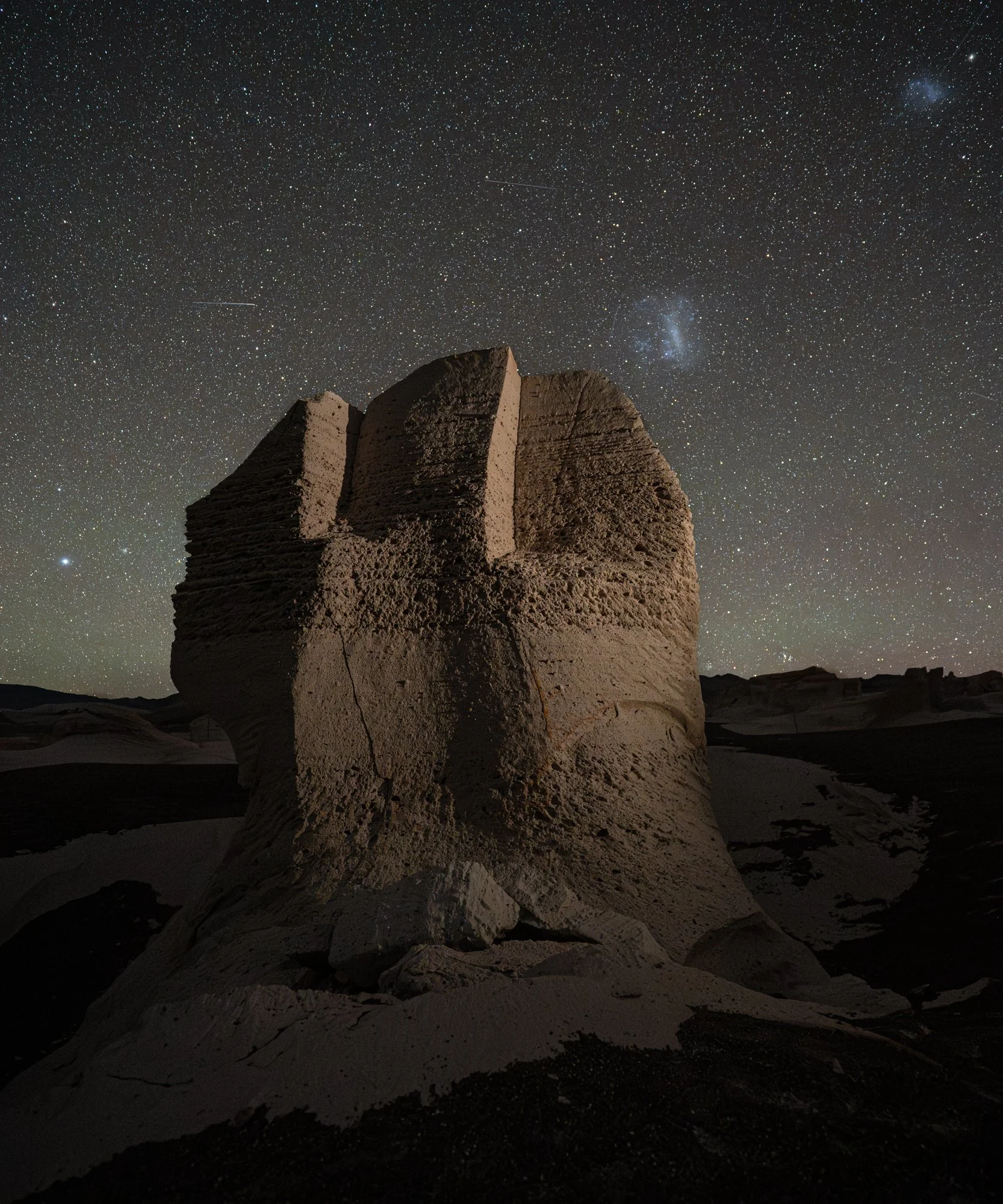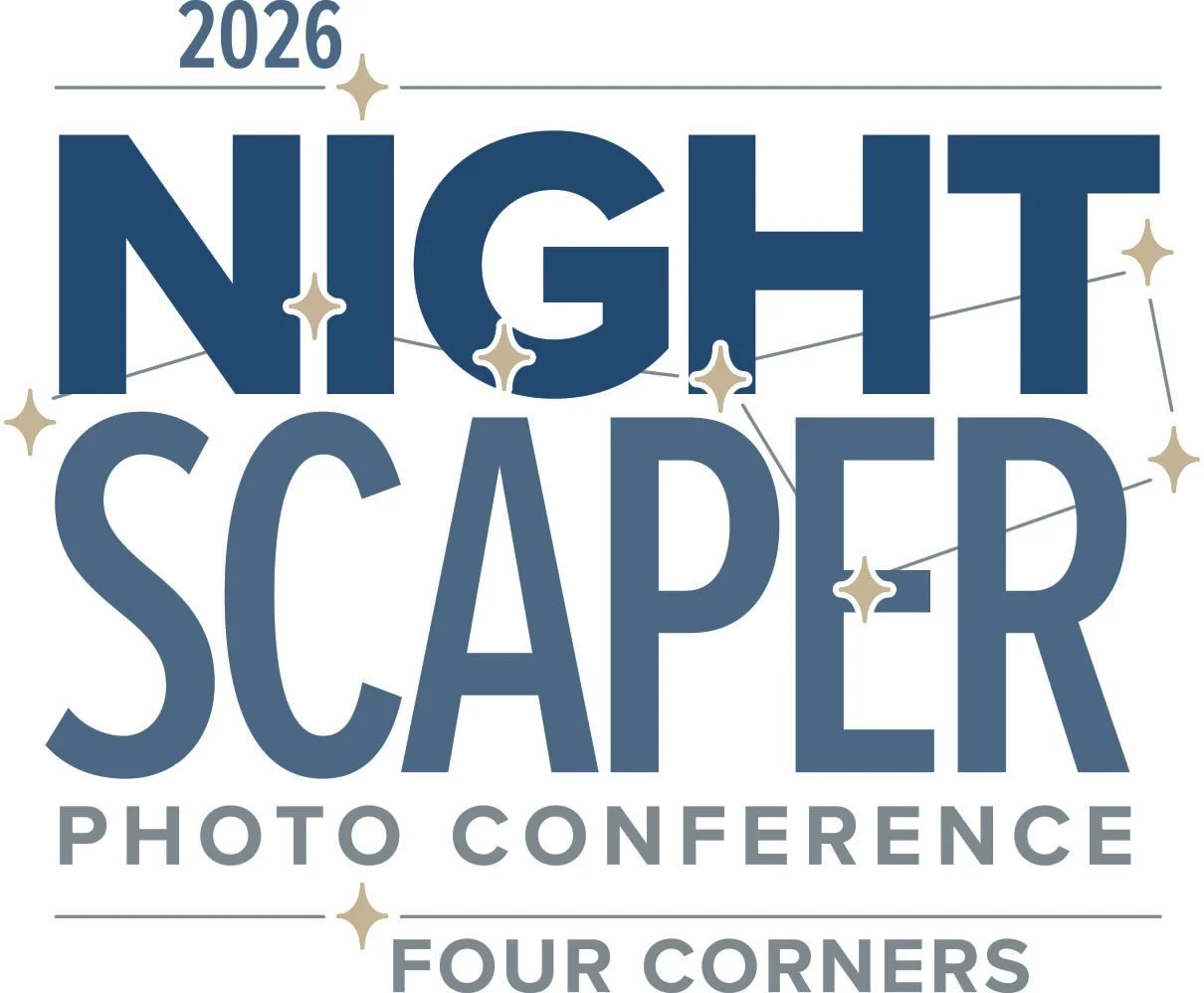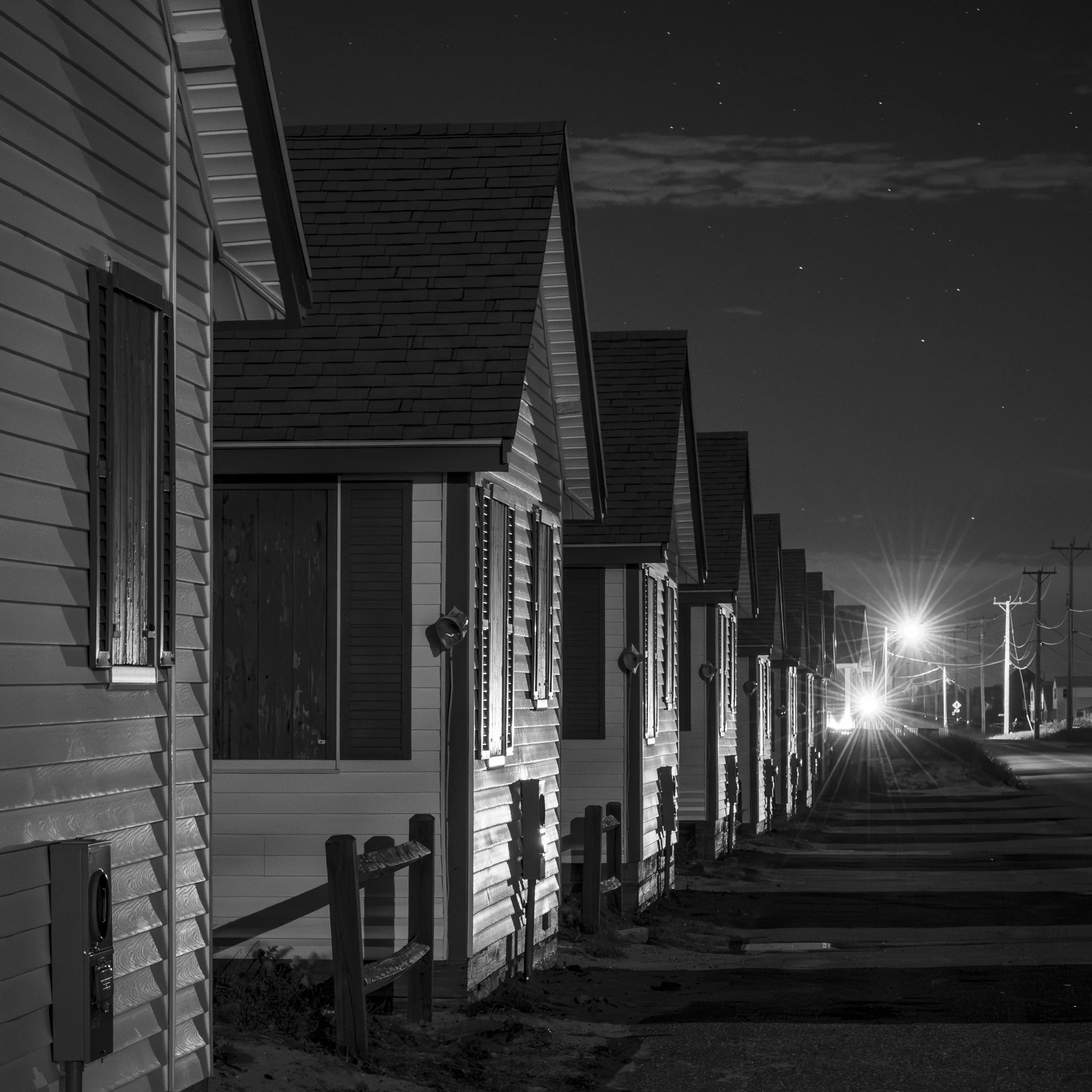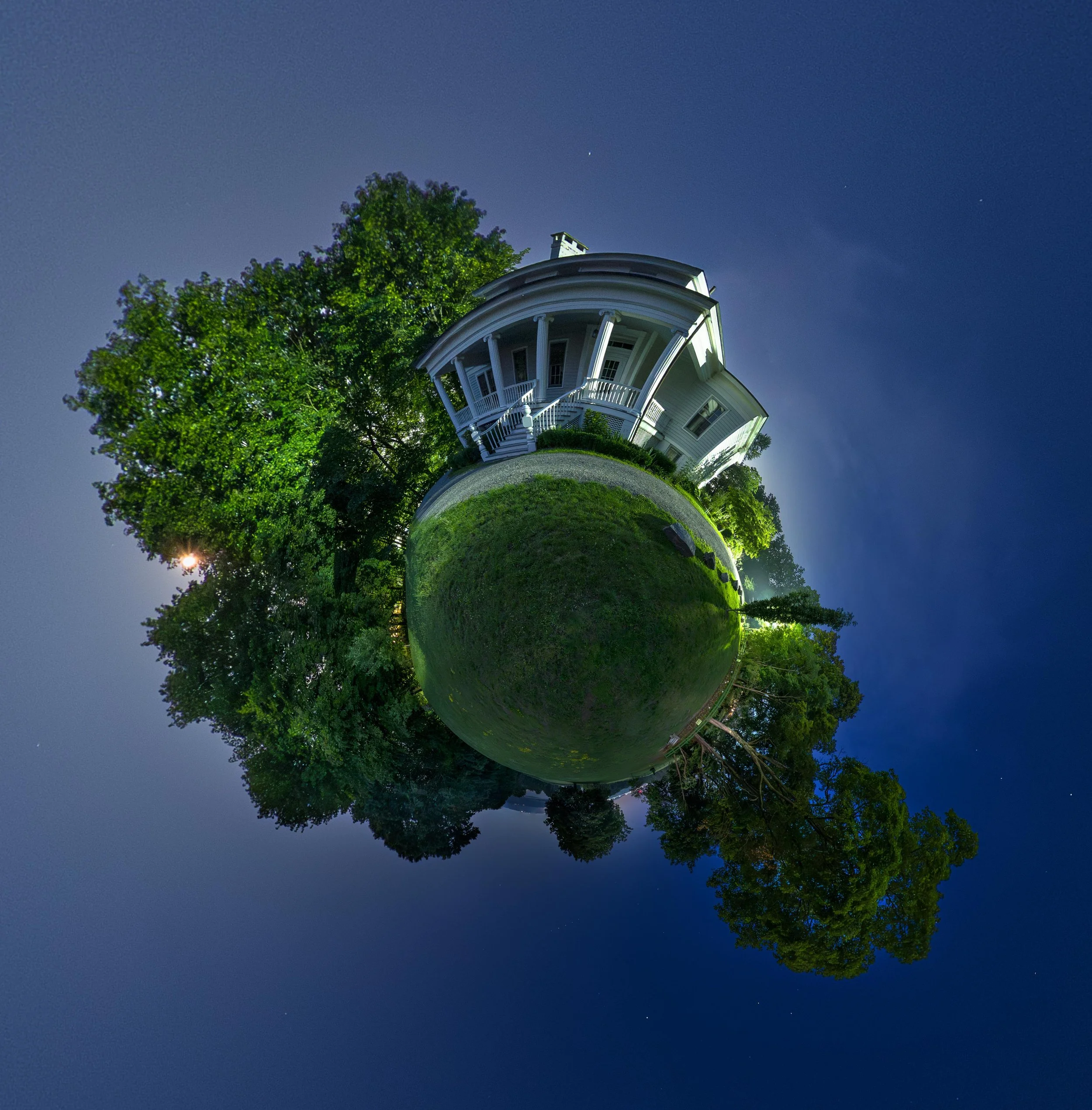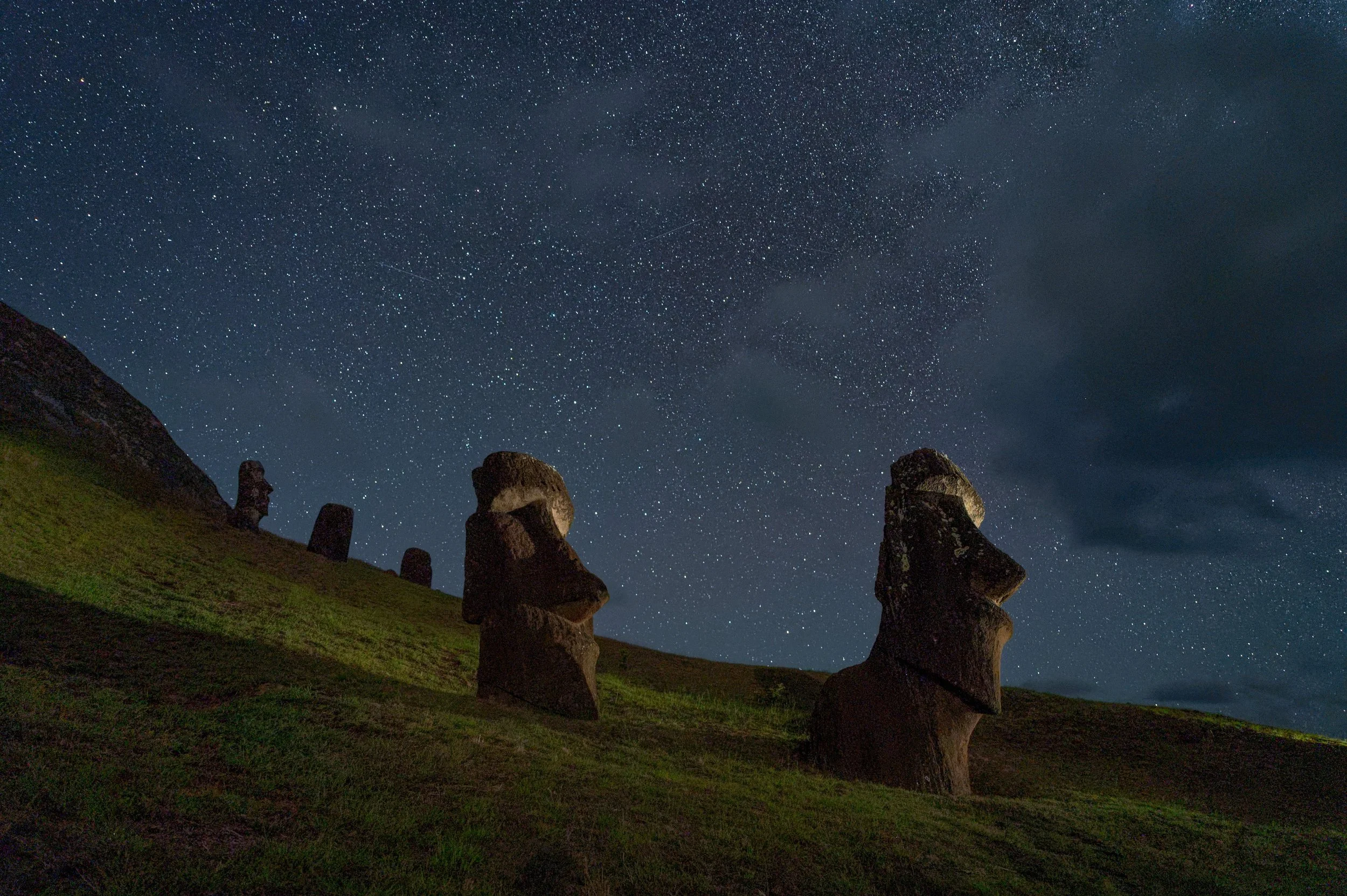Welcome to the 20th installment of our “Five Questions” series. Know what that means? We’re about to answer our 100th question for you!
This installment features inquiries about noise reduction with auroras, internal intervalometers, portable stools, Luxli lights and moving a Lightroom catalog to a new drive.
If you have any questions you would like to throw our way, please contact us anytime. Questions could be about gear, national parks and other photo locations, post-processing techniques, field etiquette, or anything related to night photography. #SeizeTheNight!
1. No Noise in Auroras
Question:
Do you use long exposure noise reduction when shooting auroras? I was trying to shoot some in Minnesota and the person I was with had it enabled in her Canon. — Claron G.
Auroras over Westfjords, Iceland. Nikon D750 with a 14mm lens. 10 seconds, f/2.8, ISO 6400. © Gabriel Biderman.
Answer:
You shouldn’t need long exposure noise reduction (LENR) for shooting auroras in cold temperatures. Your Canon friend was probably taking advantage of Auto LENR, which is a feature available only in Canon cameras.
Most high-in-the-sky aurora shots should be exposed for 2 to 8 seconds, otherwise the waves of light can blur together and you lose their interesting shapes. At such short shutter speeds, I wouldn’t be concerned about long exposure noise with any digital camera made in the last 10 years—especially in the cold temperatures we’re usually shooting auroras in. In most cameras, LENR would even slow you down, because you wouldn’t be able to shoot when the noise reduction is processing between exposures. — Gabe
2. Ignoring Internal Intervalometers
Question:
Considering that the prosumer Nikon Z cameras have fairly good built-in intervalometers, why are you still using external intervalometers? Do they add capability or is it just a convenience thing? — Mark K.
Answer:
There are two issues we have with built-in intervalometers. The first is that most—no matter which camera brand—are terribly confusing. Even after using mine regularly I still make mistakes while setting it up.
The second is that even with a built-in intervalometer, you’re limited to the maximum shutter speed of the camera, and many cameras do not provide for timed exposures longer than 30 seconds. This means you can’t shoot a series of 1-, 2- or 4-minute exposures with the built-in intervalometer, but rather need to shoot a huge stack of 30-second exposures. (The Nikon Z 6II does have the ability to shoot at 15 minutes, so that’s a help if you use that particular camera.)
Using an external intervalometer can be inconvenient, but does have some benefits. For example, being able to look at the intervalometer and see where you are in the exposure count, being able to set odd exposure times (e.g., 45 seconds or 2.5 minutes), and being able to set the number of shots at infinity. — Tim
3. Oft-Folding Stool
Question:
In your e-book about meteor showers you mention the Walkstool Comfort chair. I have a similar (but cheaper) stool that I use when doing macro and insect photography. I find it very comfortable, but very annoying to move. If I pick it up with one hand, holding the camera with the other hand, I can’t move the stool without it collapsing, and then it’s just about impossible to reopen and reposition one-handed. Does the Walkstool have the same issue? — Judy L.
Answer:
Yes, the Walkstool (which I use and own) does collapse when you pick it up. That’s a nice feature for many situations, but I agree that it’s not ideal for the needs you describe. — Matt
4. a Luxli Buffet
Question:
I just went to B&H Photo’s website and looked at lights. There are lots more options than I could have imagined. I remember you mentioning a Viola at one point, but I didn’t catch the other you mentioned. Which lights would you recommend? — Mark K.
Answer:
At the moment Luxli has four lights worth considering, and two that we recommend for night work.
In the former category: The Cello and Timpani models are great for what they’re great at, but we don’t suggest them for what we do—both are too bright for most dark-sky night photography.
Which brings us to our favorites: The Viola is the tool we have loved since the very first time we tested one, in early 2017. It gives you accurate control over color temperature and the ability to illuminate a scene at very low power. The relatively new Fiddle has the ability to go dimmer still (to 0.1 percent power, when using the Conductor app), something we take advantage of quite a bit. — Lance
5. Migrating Lightroom Files
Question:
I bought a new 8 TB solid state drive to use for my images and Lightroom catalog, to replace my old 1 TB drive. What’s the best way to transfer all the files and catalog to the new drive without messing up Lightroom? Do I use the Move function within Lightroom or move them in Windows Explorer? I suspect this means I will need to update my preferences in Lightroom so it knows the new location of the catalog and files. — Roy B.
Answer:
As a PC user, you’re in luck, because you can trick Lightroom into seeing your new drive as its normal location.
Close Lighroom (important first step, otherwise you’ll also be copying a lock file, which will give you trouble later).
Copy everything from your old hard drive to your new one.
In Windows, change the drive letter of your new drive to whatever your old one was. (So if your old drive is G, change your new one to G.) You might need to unplug your old drive and reboot the computer in order to have access to the old drive letter.
Open Lightroom again and the catalog should load seamlessly.
The Lightroom program should never even know the difference. It will see everything exactly as it was before, not even knowing that it’s looking at a different physical location for the data. — Chris






